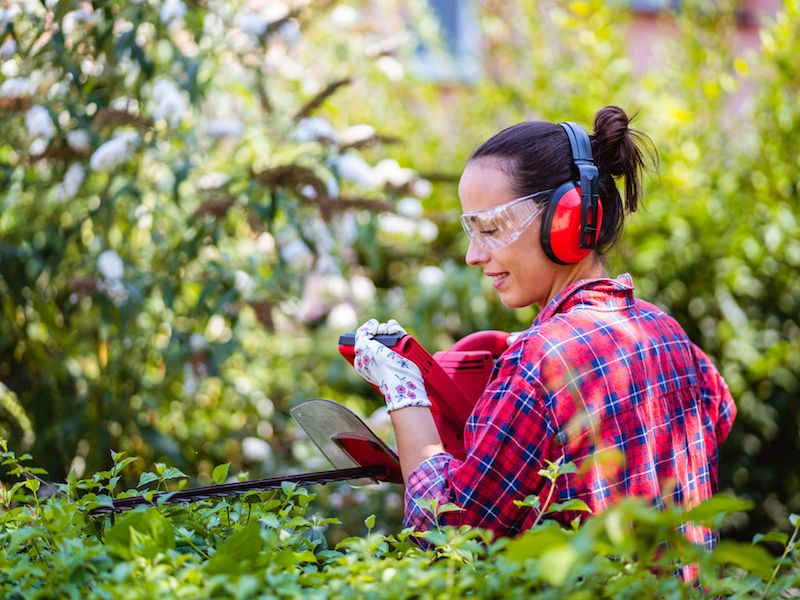
Eating right and protecting your hearing have some parallels. It’s hard to know where to start even though it sounds like a smart idea. This is particularly true if you don’t think your daily environment is particularly noisy and there aren’t any noticeable dangers to your ears. But everyday life can stress your ears and your senses, so your auditory acuity can be maintained if you practice these tips.
The more you can do to delay the degeneration of your hearing, the longer you’ll be able to enjoy the sounds around you.
Tip 1: Wearable Ear Protection
Using hearing protection is the most sensible and basic way to safeguard your hearing. This means that diminishing loud and damaging sound is a basic step you need to take.
This means that when it’s warranted most people will want to wear ear protection. Two basic forms of protection are available:
- Ear Muffs, which are put over the ears.
- Ear Plugs, which are placed in the ear canal.
Neither form of hearing protection is inherently better than the other. There are benefits to each style. What’s important is that you get some hearing protection that you feel comfortable wearing.
Tip 2: When Sound Becomes Harmful, be Aware of It
But
The following threshold is when sound becomes harmful:
- Over 100 dB: This is where you can damage your hearing very rapidly. Anything above this threshold can injure your hearing in minutes or seconds. Jet engines and rock concerts, for instance, can injure your hearing in about thirty seconds.
- 85 decibels (dB): After about two hours this volume of sound is dangerous.This is the level of sound you’d expect from a busy city street or your hairdryer.
- 95-100 dB: This is about the noise level you’d expect from farm equipment or the typical volume of your earbuds. After about 15-20 minutes this volume of sound becomes hazardous.
Tip 3: Make Your Phone Into a Sound Meter
Now that we have a basic concept of what volume of noise could be hazardous, we can take some steps to ensure we limit our exposure. The trick is that, once you’re out in the real world, it can be difficult to gauge what’s too loud and what isn’t.
Your smartphone can now be used as a handy little tool. Sound meter apps exist for every type of smartphone.
In order to get an understanding of what harmful levels of noise actually sound like, use your sound meter to confirm the decibel level of everything you are hearing.
Tip 4: Keep Track of Your Volume Settings
Most people these days listen to music via their phone or smart device, and they normally use earbuds while they do it. This creates a dangerous situation for your hearing. Your ears can be considerably harmed if you keep your earbuds too loud over a long period of time.
So keeping an eye on the volume control means protecting your ears. In order to drown out sounds elsewhere, you should never raise the sound level. And we suggest using apps or settings to make sure that your volume doesn’t unintentionally become hazardously high.
Earbud use can become a negative feedback loop if your hearing starts to wane; you could find yourself constantly raising the volume of your earbuds so that you can compensate for your faltering hearing, and in the process doing more harm to your hearing.
Tip 5: Have Your Hearing Checked
You may think of a hearing test as something you get when your hearing has already started to decline. Without a baseline to compare results to, it’s not always easy to identify a problem in your ears.
Scheduling a hearing screening or exam is a great way to generate data that can be used for both treatment and diagnostic purposes, making certain that all of your future hearing (and hearing protection) choices have a little bit of added context and information.
Pay Attention to Your Hearing
In a perfect world, protecting your ears would be something you could do constantly without any problem. But there are always going to be difficulties. So protect your ears whenever you can, as often as you can. Also, get routine hearing examinations. Hopefully, these guidelines will help you get a good start.
